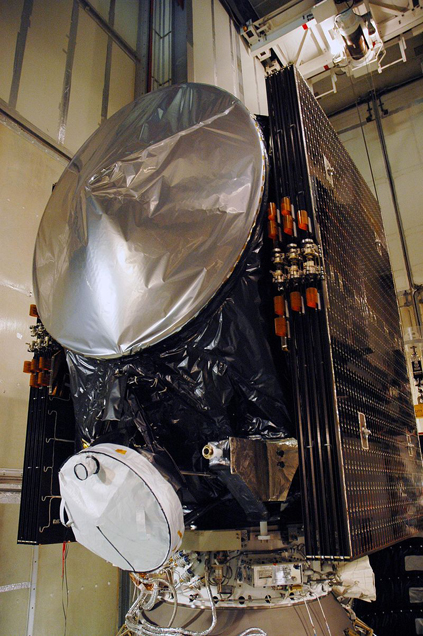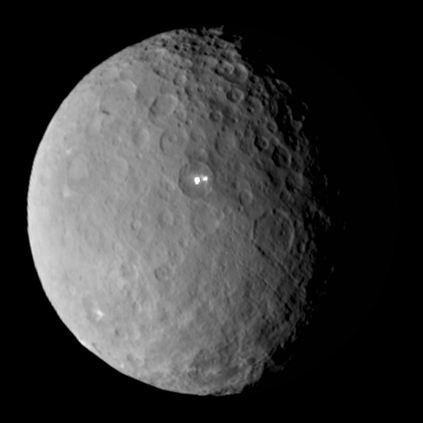
At an altitude of 38,000 miles, the Dawn space probe finally started its orbit around the dwarf planet Ceres on Mar. 6, 2015. The space probe is expected to start orbiting Ceres from 8,400 miles away towards the end of April, and will eventually end up at an altitude of 235 miles.
The Dawn Mission’s goal is to achieve something that has never even been attempted before its launch. This year the space probe is set to explore and discover the conditions of the dwarf planet Ceres, which is believed to have a subsurface liquid ocean. Although the spacecraft is now circling Ceres, the amount of information it can collect is limited due to the fact that Dawn is currently on the night side of the planet.
Attached to a Delta 7925-H rocket and launched from the Cape Canaveral Air Force Station, the space probe started its journey in 2007 to explore the contrasting Vesta, one of the largest asteroids in the Solar system, and Ceres. As the Dawn space probe observed, Vesta seems to be more developed and rocky while Ceres is thought to be icy.
The new scientific understanding that the Dawn space probe is providing is due to its xenon ion thruster that allows it to move at a maximum speed of 25,635 miles per hour. The space probe is not only discovering worlds that we have never observed before, but it is also able to achieve a velocity change of more than 22,369 miles per hour which is much more than any other spacecraft has achieved after separating from its launch rocket.
Scientists have already observed pictures taken by the space probe from December 2014, and found that the dwarf planet appears to have bright spots that could possibly be patches of ice or salt. Now, scientists are hoping to

find out how Ceres has evolved to gain a better understanding of how it formed. The difference between its formation and evolution is interesting to many scientists because they both are believed to have formed early in the history of the solar system.
Since its launch Dawn has experienced a Mars gravity assist, has orbited the asteroid Vesta at both a low and high altitude, and is now in a high altitude orbit around Ceres. Hopefully the space probe will successfully perform its low altitude orbit as predicted, and provide scientists with sufficient information on Ceres and its conditions.

